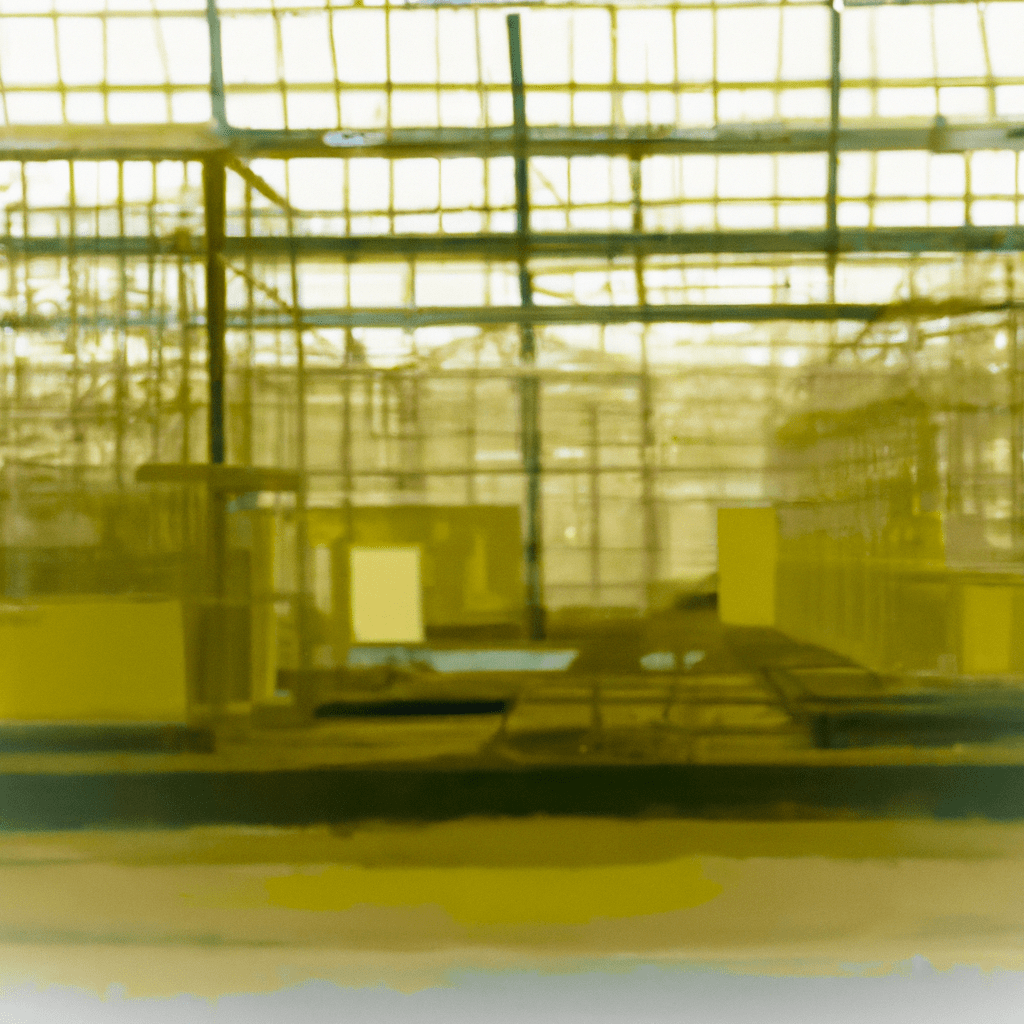The Paradox of Indoor Farming in 2023
In an ironic twist of fate, indoor farming, an industry previously lauded as the future of agriculture, is seeing numerous businesses shut down in the face of competitive markets and economic pressures. Despite the mounting setbacks, more indoor farms crop up seemingly overnight. It begs the question: why are more being built?
Why are Indoor Farms Struggling?
To understand this paradox, we must first examine the pressures forcing these businesses into submission. Despite innovations in technology, running an indoor farm remains costly. The expense of constant lighting, climate control, and often pricey real estate is more than the typical revenue generated by these farms.
Other contributing factors include the difficulty of managing pests and diseases in a closed environment and the high-energy requirements of such operations, which often outweigh the benefits of local, potentially year-round food production.
Then why the Boom in Construction?
Despite these challenges, new indoor farms are popping up like mushrooms in a forest after a rain. But why? The answer lies in the increasing demand for locally grown, pesticide-free produce, and the potential these farms have for urban farming.
Indoor farming allows for year-round growth, without the limitations of traditional farming seasons. This capability is alluring, especially to urban areas where fresh, local produce is in high demand. The “farm-to-table†trend continues to gain popularity, and indoor farming caters perfectly to this call for locally sourced produce.
Investing in Future Technology
Another surprising factor contributing to the growth of indoor farms, despite their current struggles, is optimism in the face of future technology. Many investors and innovators believe advancements in energy-saving technologies and farming techniques could turn the tide for indoor farming.
Companies are investing in improving light efficiency, reducing the cost of energy, and developing new, more sustainable farming practices. The hope is, with these advancements, indoor farming could become more profitable and sustainable in the future.
To sum it up, the paradox of struggling indoor farms amid a construction boom can be attributed to the perceived future potential of the industry. Only time will tell whether these gambles will pay off, but for now, the industry fervently strives to transform agriculture as we know it.
Tags: Indoor Farming, Entrepreneurship.

Leave a Reply